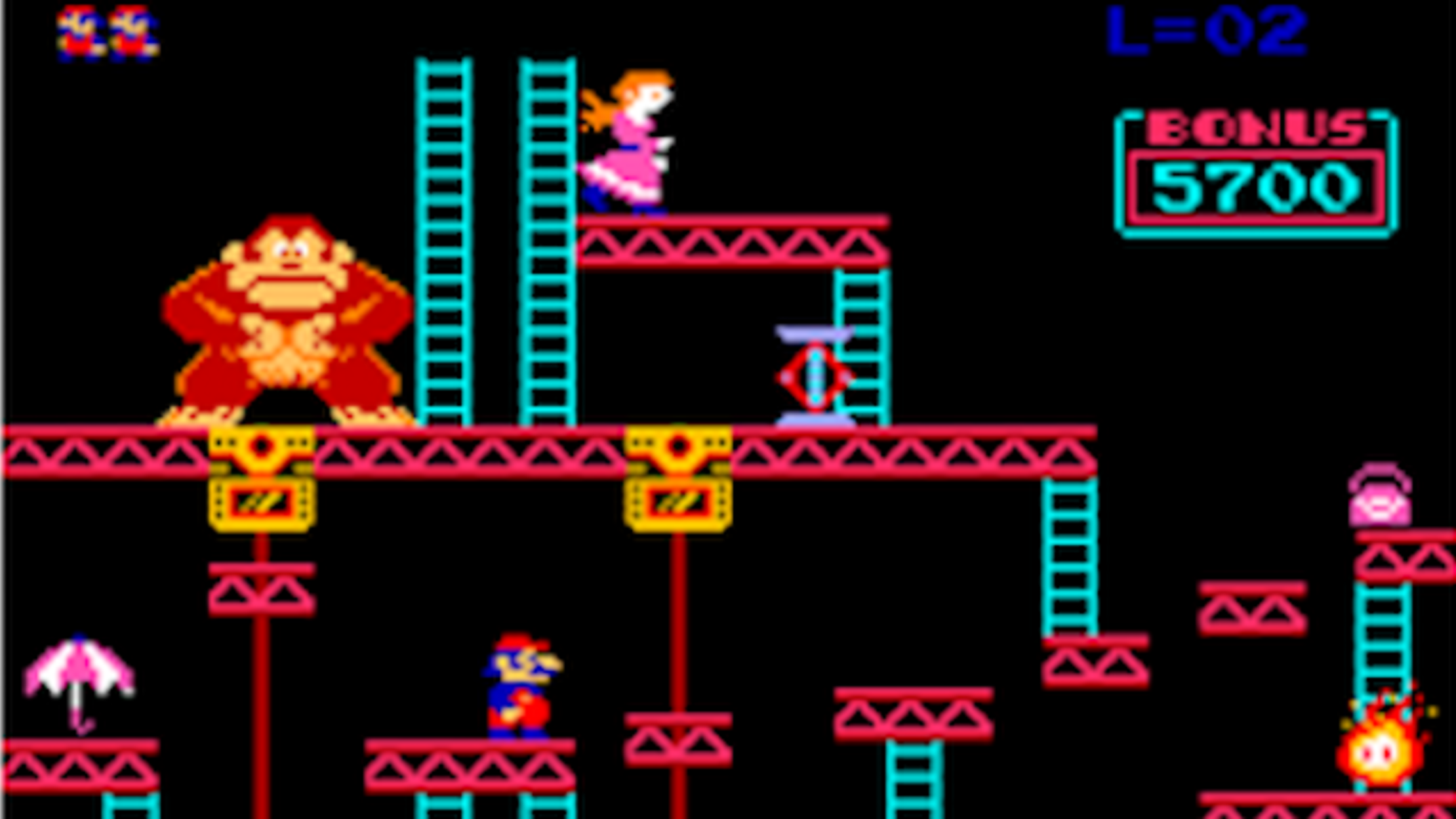
Hexenon can be farmed from Amalgam enemies (~7.2% drop chance), which continuously spawn during Disruption missions and also sometimes in the defense mission Io.Although after testing Dark Sectors seem to drop less Hexanon compared to non-Dark Sector missions. Players will not encounter Corpus Nullifiers that hinder resource farming abilities such as Hydroid's Pilfering Swarm, Nekros' Desecrate, and Khora's Pilfering Strangledome. Due to being a Dark Sectors mission, this particular node has a +20% Resource Drop Rate with the enemy type changed to Infested. Hexenon can be effectively farmed from the Cameria or Sinai nodes on Jupiter.This resource cannot be bought for Platinum at the Market.

There is no resource deposit variant for Hexenon.


HEXIO LEVEL 22 FULL
For the full list of restrictions, see the package leaflet. Vaccination with Hexyon should be postponed if a child has a moderate to severe fever. It must not be used in children who have an uncontrolled or severe illness affecting the brain or nervous system, such as uncontrolled epilepsy, unless the condition has stabilised with treatment and the benefit clearly outweighs the risk. It must not be used in children who have ever had encephalopathy (a brain disease) of unknown cause within seven days of receiving a vaccine containing pertussis components in the past. Hexyon must not be used in children who have ever had an allergic reaction to Hexyon or a vaccine containing the same components, including substances used during the manufacture of the vaccine and which may be found at extremely low levels (such as the antibiotics neomycin or streptomycin). For the full list of all side effects reported with Hexyon, see the package leaflet. Reactions may be more likely after the first dose than later doses. The most common side effects with Hexyon include pain and redness at the site of injection, irritability and crying. What are the risks associated with Hexyon? In the study, children who either received Hexyon produced a similar antibody response to those who received a comparator vaccine (Infanrix hexa), when given as a two-dose schedule followed by a booster 6 months later. The two-dose vaccination schedule was investigated in an additional main study involving 554 children. These studies showed that Hexyon produces similar antibody profiles over time to comparable vaccines, and that the vaccine can be given at the same time as Prevenar and Rotarix. The studies showed that protective antibody levels against the various diseases developed in between 90 and 100% of children after the first three doses of Hexyon protection was maintained or improved when a booster dose was given.Ī subsequent study involving 455 children looked at the longer-term persistence of protective antibodies up to 3 years after a booster dose with Hexyon, and another study in 1336 children evaluated the response to different lots of the vaccine and what happened when it was given with vaccines for infections caused by the bacterium Streptococcus pneumoniae (Prevenar) and rotavirus (Rotarix). The main measure of effectiveness was the production of antibody levels known to be protective against those diseases.įive of these studies examined the effect of giving a booster dose at least 6 months after the initial vaccination schedule in 1,511 children. The effects were compared with a combination of separate vaccines designed to protect against the diseases included in Hexyon.

Hexyon has been studied in several countries worldwide in 12 main studies involving over 3,400 children between six weeks and two years of age who were given three doses of the vaccine during their first six months of life according to different local vaccination schedules.


 0 kommentar(er)
0 kommentar(er)
